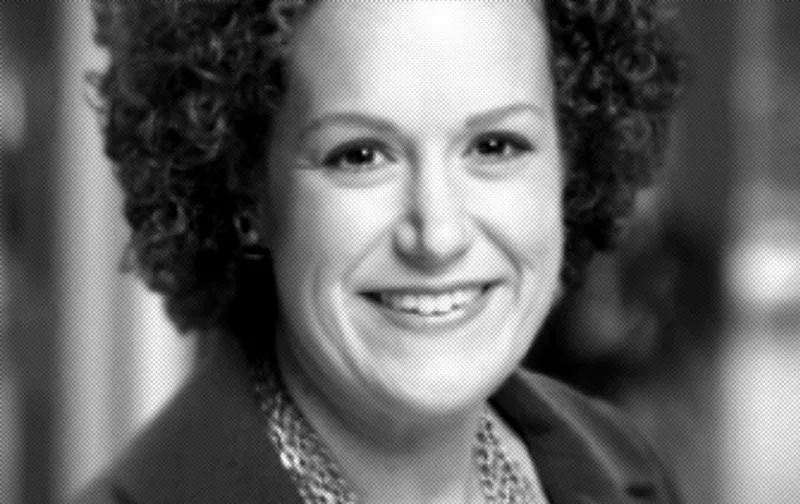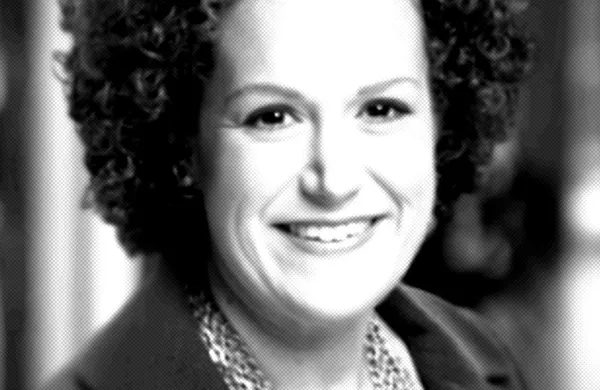To some, Donna Snider’s timing would seem ill-fated.
The Hackensack Meridian Health chief investment officer began her new job — building the healthcare institution’s investment office — on March 23, 2020.
The S&P 500 had bottomed out as the coronavirus pandemic went global. While corporate offices shut down, hospitals, including HMH’s New Jersey-based network, were inundated with patients.
“Not only was it the market low, but the United States had shut down in terms of businesses,” Snider told Institutional Investor.
Since then, though, she’s managed built out the investment office’s inaugural team, who in June started working together both virtually and in the network’s offices.
The hospital system began to take shape in 2014 when Hackensack University Health Network and Meridian Health agreed to merge. It took two years for the two to finally receive legal approval to combine, and more time afterward for the investment assets to consolidate.
Eventually, HMH decided to begin managing assets in-house.
“It's a huge credit to HMH to take the leap in forming an investment office,” Snider said.
Before taking on that task, Snider worked as a managing director at the Kresge Foundation in Michigan, which she joined in 2009.
Snider said she enjoyed her time at Kresge, and that moving to HMH was “less of a decision to leave and more of a decision to join.”
Prior to her tenure at Kresge, Snider worked in the private sector. She began her career as an actuary, first at Willis Towers Watson, then at Davis Conder Enderle & Sloan. She got her MBA before joining Merrill Lynch, where she worked as a director of global markets and investment banking.
When she joined HMH, Snider said she spent her first six weeks poring through the portfolio and meeting with all the system’s investment managers. This was all done remotely, she said.
“My silver lining was that I had no people to manage and an amazing opportunity just to think,” Snider said. “I was able to get my arms around what was in the portfolio to make sure there weren’t red flags really quickly.”
Despite recently undergoing a merger, the fund’s assets weren’t just held in cash. The investment office had worked with consultants who managed the integration and ensured that the portfolio was “clean,” Snider said.
Once familiar with the portfolio, she began to think about her team structure. She went generalist — rather than covering asset classes, her team tackles functions like operations and risk.
“Margins in health care are slim, so you need to work with people who are razor sharp,” Snider said.
The members include Habiba Waziruddin, who joined from Memorial Sloan Kettering, where she worked for over six years; Ryan Vetter, who has an alternative credit investing background; and Christine Ritchie, who was Carleton College’s investment risk and operations manager. Snider hopes to eventually grow her team to a crew of ten.
“Step one, we are picking our managers mostly on the liquid side of the book that we’ll be moving forward with and making sure we have everything sized appropriately,” Snider said.
Eventually, they’ll add in private equity and real estate. The investment committee approved a new asset allocation with the hopes of increasing returns and managing volatility.
“With a small team, I have to be very careful to help prioritize where we’re spending our time on,” Snider added.







